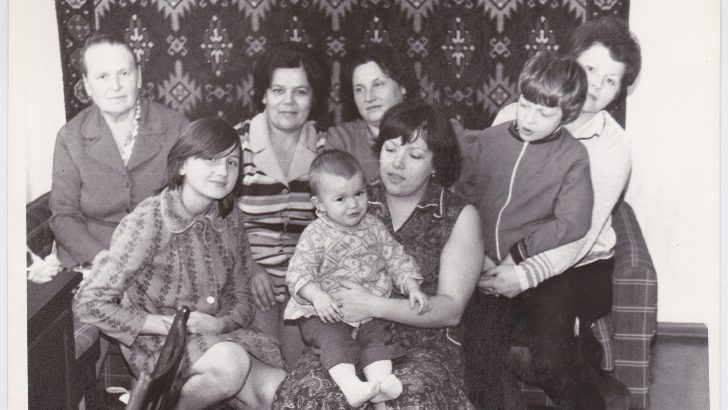Growing up in the mid-20th century, baby boomers experienced a world quite different from today. Their households were governed by a unique set of rules that, to modern eyes, might seem quaint or even a bit absurd. These rules reflected the social norms, cultural values, and technological limitations of the time. As society has evolved, many of these guidelines have become relics of the past, offering a fascinating glimpse into the daily lives and domestic expectations of a bygone era. Let’s explore thirteen such household rules that once shaped the upbringing of an entire generation.
1. Children Must Be Seen and Not Heard
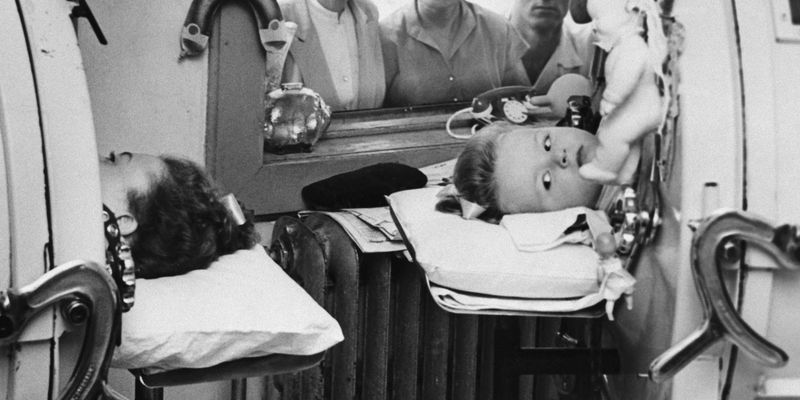
In the past, children were expected to maintain a quiet presence during adult conversations. This rule emphasized respect and discipline, teaching kids to listen rather than speak. The family dinner table often became a place where this rule was strictly enforced. Children would sit patiently, absorbing the adult discussion without interrupting.
Today, parenting styles have shifted to encourage open dialogue and emotional expression. Families now prioritize communication, fostering environments where children are encouraged to voice their thoughts freely.
This evolution reflects broader societal changes, embracing individual expression and mutual respect. The quiet child of yesteryear has been replaced by a more vocal and engaged presence.
2. Strict Bedtimes

Strict bedtimes were a cornerstone of boomer upbringing, often set as early as 7 PM. This rule was rooted in the belief that ample sleep was crucial for health and development. Parents enforced this with precision, ensuring that children were tucked in promptly each evening.
While the premise of adequate rest remains valid, today’s parents often flex with their children’s schedules, recognizing activities, homework, and social needs.
This shift highlights a balance between structure and adaptability, adapting to modern life’s demands. It’s a testament to evolving parental understanding and the complexities of contemporary childhood.
3. Sundays are for Church

Sundays were sacred, dedicated to church and family. Families would dress in their finest, attending church services without exception. This tradition reinforced community ties, providing a spiritual anchor in the weekly routine.
As society has grown more diverse, the rigid observance of religious rituals has become more relaxed. Many families now spend Sundays exploring different activities or dedicating time to relaxation.
This evolution signifies a broader acceptance of diverse beliefs and lifestyles. While the essence of family togetherness endures, the methods of achieving it have diversified, reflecting modern values and preferences.
4. Television is a Privilege, Not a Right
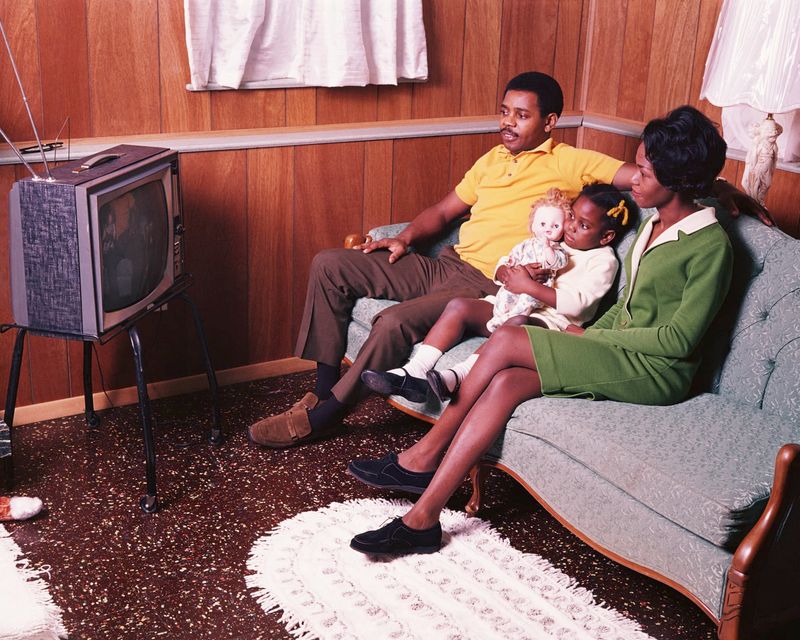
Back when television was a novel entertainment medium, viewing was a privilege. Time in front of the screen was earned through chores or good behavior. Watching was a family event, with everyone gathered around a single set.
Today, with screens in every room and streaming services offering endless content, this rule seems antiquated. Viewing habits have shifted towards personal preferences, with family members watching individually.
This change reflects technological advancements and the diversification of content consumption. The once sacred TV time has transformed, catering to individual tastes and schedules in a connected world.
5. No Shoes in the House

The rule of removing shoes before entering the house was a common practice, emphasizing cleanliness and respect for shared spaces. This routine instilled a sense of order and consideration.
While many still adhere to this tradition, others have relaxed the rule, valuing convenience over strict adherence. Modern households often balance cleanliness with practicality, especially in busy lives.
This adaptation highlights changing priorities and lifestyle demands. The once strict no-shoes policy reflects a bygone era of formal living, evolving to accommodate contemporary comforts and fast-paced routines.
6. Chores Before Playtime

Chores were non-negotiable, preceding any leisure activities. This rule taught responsibility and the value of hard work, ingraining a disciplined approach to household duties. Children learned the satisfaction of completing tasks before indulging in play.
Today, parents often incorporate flexibility, allowing children to balance chores with other responsibilities and interests. The focus has shifted to negotiating schedules and priorities.
This evolution reflects a broader understanding of children’s needs and the importance of fostering a balanced lifestyle. The rigid chore-before-play rule has softened, embracing a more holistic view of childhood development.
7. Respect Your Elders
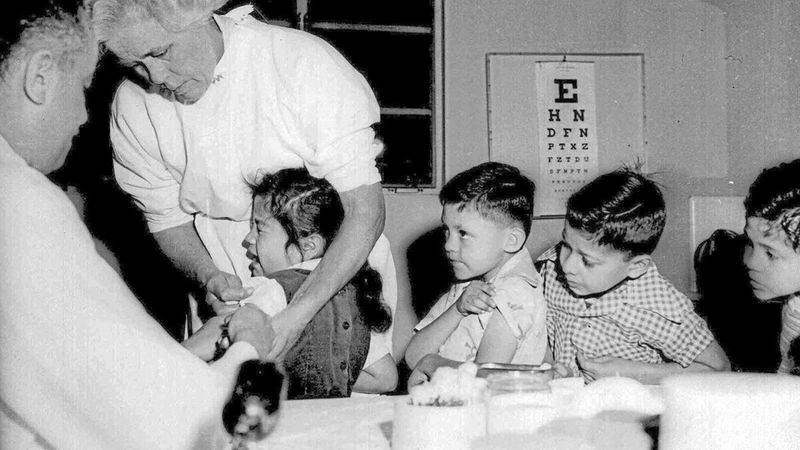
Respecting elders was an unspoken commandment, deeply ingrained in boomer households. Children were taught to address adults with courtesy, often using titles like “Mr.” or “Mrs.” This rule underscored a hierarchy within family dynamics.
While respect remains crucial, the approach has evolved. Modern families encourage mutual respect, where children are taught to value all individuals equally, regardless of age.
This shift mirrors wider societal changes, moving towards interpersonal equality and understanding. The traditional elder-respect dynamic has adapted, fostering more open and reciprocal relationships across generations.
8. Homework Before Television

Prioritizing homework over television was a strict rule, aimed at fostering academic discipline. Children were expected to complete their assignments before indulging in any screen time.
Although academic diligence remains essential, many parents now accommodate extracurriculars and varied schedules, recognizing the need for balance and downtime.
This evolution showcases a nuanced understanding of a child’s life, incorporating relaxation and diverse activities alongside education. The once rigid homework-first rule highlights a shift towards recognizing the holistic needs of growing children.
9. No Phone Calls After Dinner

Dinner time was sacred, often regarded as uninterrupted family time. Phone calls were strictly off-limits after the meal, ensuring that family members engaged with each other without distraction.
This rule emphasized the importance of face-to-face communication, fostering connection and conversation. Today, with digital connectivity omnipresent, such rules are challenging to enforce.
The shift reflects changing social norms and the integration of technology into daily life. While family time remains valued, the approach has adapted, balancing communication with modern conveniences and interactions.
10. Eat Everything on Your Plate

Finishing every meal was a common expectation, often tied to values of gratitude and resourcefulness. This rule was reinforced by the “clean plate club,” teaching children not to waste food.
Today’s parents often encourage mindful eating, focusing on portion control and nutrition. The emphasis has shifted from quantity to quality, acknowledging individual dietary needs.
This change mirrors an evolving understanding of health and well-being. The once rigid clean-plate expectation has softened, embracing a more informed approach to nourishment and mindful consumption.
11. No Talking Back

The rule against talking back was designed to maintain authority and respect within the household. Children were expected to accept parental decisions without question, reinforcing a clear hierarchy.
While respect for parents remains vital, modern families often encourage open dialogue and questioning. Children are taught to express their views and engage in discussions respectfully.
This shift reflects a broader societal embrace of individualism and active participation. The traditional no-talking-back rule has evolved, promoting communication and critical thinking in family dynamics.
12. Weekly Family Game Night
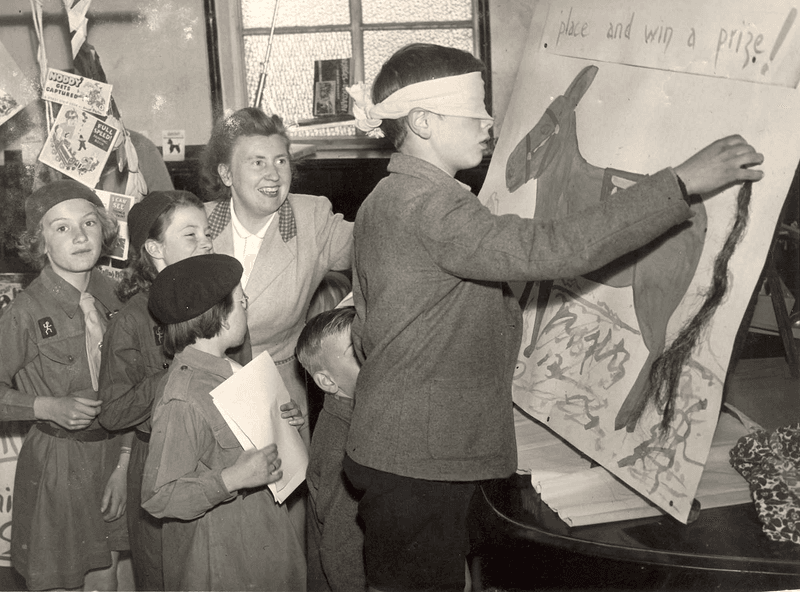
Family game night was a cherished tradition, creating opportunities for bonding. Board games like Monopoly or Scrabble were popular choices, fostering both competition and cooperation.
While family game nights still occur, they’re often more spontaneous, reflecting busy schedules and digital alternatives. The focus has shifted to shared experiences rather than strict routines.
This change highlights the adaptability of family traditions to suit modern lifestyles. The once rigidly scheduled game night is now a flexible opportunity for togetherness, evolving with the times and technology.
13. Polite Company Etiquette

Polite company etiquette was a hallmark of boomer upbringing, teaching children how to behave in social settings. This included proper greetings, introductions, and table manners, reinforcing civility and decorum.
Today, social etiquette remains important, but the emphasis has shifted to authenticity and genuine interaction. Children are encouraged to express themselves naturally, reflecting today’s diverse social landscape.
This evolution mirrors a broader societal move towards embracing individuality and self-expression. The traditional etiquette rules have adapted, balancing formality with personal authenticity.

Well, hello there!
My name is Jennifer. Besides being an orthodontist, I am a mother to 3 playful boys. In this motherhood journey, I can say I will never know everything. That’s why I always strive to read a lot, and that’s why I started writing about all the smithereens I came across so that you can have everything in one place! Enjoy and stay positive; you’ve got this!

